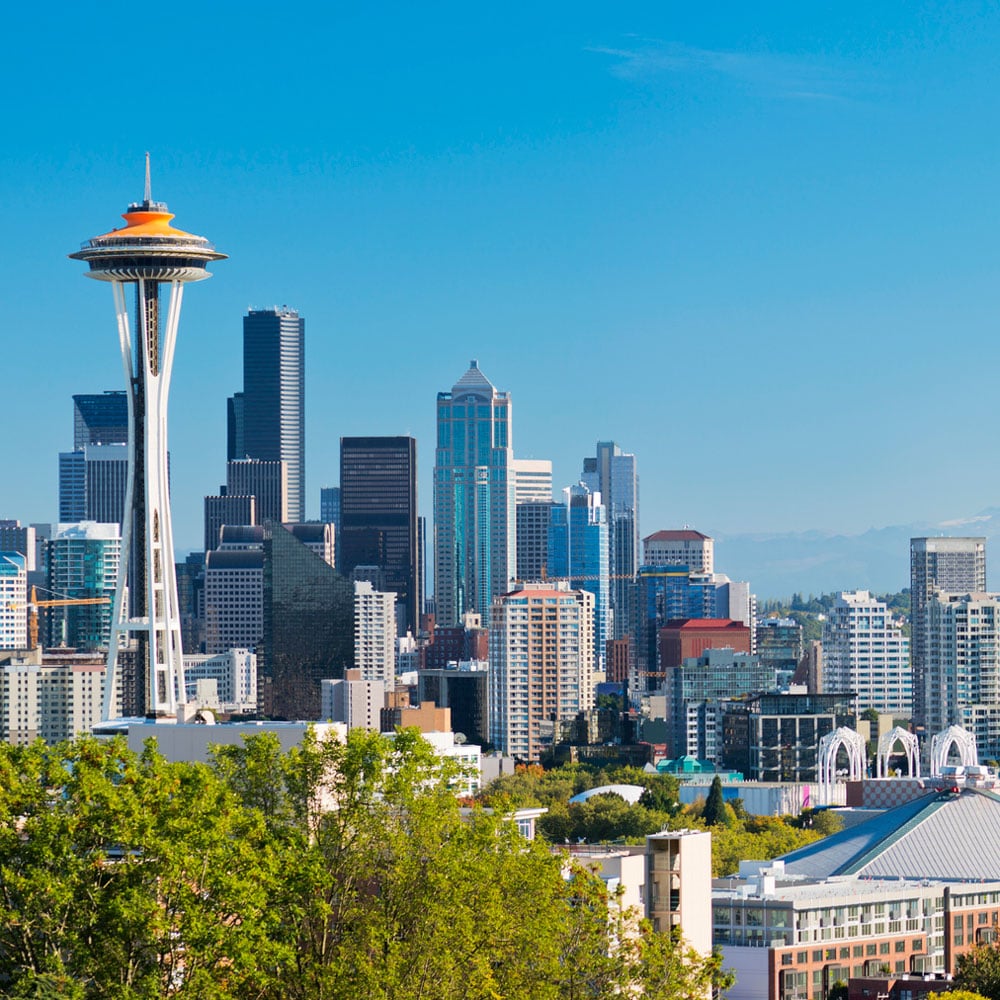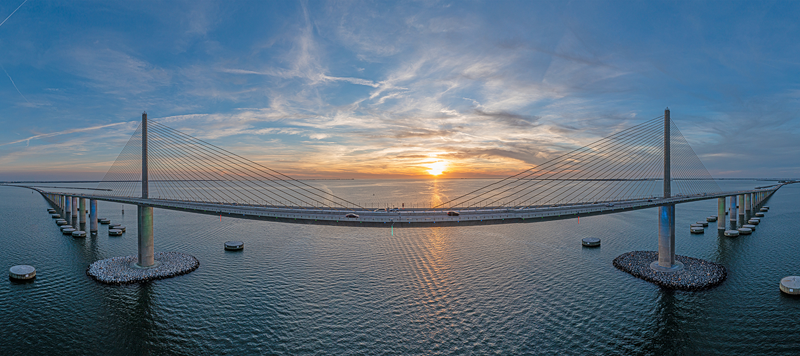Location
Seattle, Washington, United States
Our Impact:
Sustainability
Our Specialist Brands:
TYLin
Expertise:
Mobility, Environment
A project to determine which transportation actions will reduce greenhouse gas emissions in Seattle.
Known for its natural beauty, the quality of life the city of Seattle offers to its 750,000 residents is under threat from climate change on several fronts. Sea level rise, ocean acidification, air quality, and rising temperatures are all tied to rising greenhouse gas emissions—with transportation accounting for the majority of emissions within the city.
Seattle is a member of the Carbon Neutral Cities Alliance and committed to becoming carbon neutral by 2050. The Seattle Department of Transportation is supporting this goal through its Climate Change Response Framework, which includes making short trips safe, affordable, and zero-emission; making it more convenient, reliable, and affordable to ride transit; enabling the use of climate-friendly travel choices; improving freight efficiency; and accelerating vehicle electrification.
To encourage mode shift and accelerate the electrification of personal vehicles, freight, and shared mobility, Sam Schwartz – one of Sidara’s specialist mobility practices –developed a detailed action plan to drastically reduce the number of miles that people travel in vehicles, and thus emissions. To guide decision making on the best ways to do this, the team has developed a custom-built emissions modeling and scenario planning tool.
A review of Seattle’s GHG emissions revealed that road transportation made up two-thirds – 66 percent – of Seattle’s core emissions in 2014. Most of these emissions were from passenger vehicles like cars, light-duty trucks, and SUVs.
When compared to 2008, total road transportation emissions declined 2 percent, due to a combination of more fuel-efficient vehicles and fewer vehicle miles travelled per person – the latter tied to increased transit service and walking and bicycling infrastructure.
This data supports the strategy to fundamentally change how people get around in order to lower emissions. The team defined potential scenarios and assessed factors like effectiveness, cost, feasibility, and return on investment, to develop the best pathway that would meet the city’s goals. Issues such as safety and health benefits, the cost and savings to households, reductions in air and noise pollution, and job creation were also factored in, with a focus on the benefits and burdens of potential strategies to frontline communities and populations.
This will help the city develop policies for expanding transit, bicycling, and pedestrian infrastructure and services, strategies to encourage the uptake of electric vehicles, drive growth to more accessible neighborhoods, and implement demand management strategies that reflect the true cost of driving.
Seattle is committed and working diligently to create a transportation system where moving around is safe, fair, and sustainable.
With many complex challenges to navigate, the custom emissions and scenario model empowers policymakers to make well-informed, evidence-based decisions that consider a range of potential outcomes – and develop policies that will drive change and align with other goals of connectivity, health, and safety.
Location
Seattle, Washington, United States
Our Impact:
Sustainability
Our Specialist Brands:
TYLin
Expertise:
Mobility, Environment


